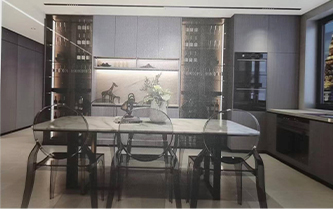- Öý
- what is melamine? applications and advantages
Apr . 28, 2024 15:26 Sanawa dolan
what is melamine? applications and advantages
Iň soňky habarlar
-
White Contact Paper for Cabinets – Transform Your Kitchen
HabarlarJun.13,2025
-
Duplex Board Paper: Properties and Manufacturing Process
HabarlarJun.13,2025
-
Food Packaging Solutions: Why Duplex Board is a Top Choice
HabarlarJun.13,2025
-
Best Types of Furniture Decoration Paper
HabarlarJun.13,2025
-
What Are the Best Adhesives for Applying Furniture Decoration Paper?
HabarlarJun.09,2025
-
Key Properties and Uses of Duplex Board Paper in Packaging
HabarlarJun.09,2025


